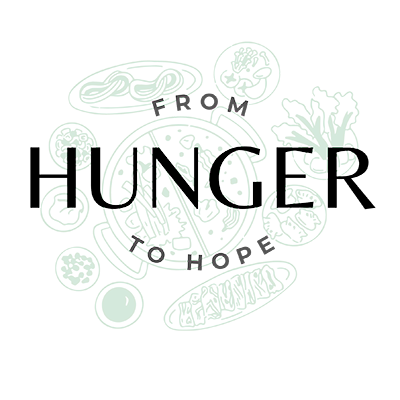Why Do I Get a White Film on My Lips
Have you ever wondered why you sometimes find a white film on your lips? It can be quite puzzling to see this mysterious substance appear out of nowhere. In this article, I’ll delve into the possible reasons behind the occurrence of a white film on your lips and provide some insights to help demystify this phenomenon.
One potential cause of a white film on the lips is dryness. When our lips lack moisture, they can become dehydrated and form a layer of dead skin cells that appear as a whitish film. This is especially common during colder months or in dry climates. To combat this issue, it’s essential to keep your lips well-hydrated by regularly applying moisturizing lip balms or using natural remedies like coconut oil.
Dryness and Dehydration
Common Causes of Lip Dryness
When it comes to that pesky white film on your lips, dryness and dehydration can often be the culprits. Let’s explore some common causes of lip dryness:
- Lack of Moisture: Insufficient hydration can leave your lips feeling dry and parched. Not drinking enough water or not applying lip balm regularly can result in moisture loss, leading to that unwelcome white film.
- Cold Weather: Winter weather brings low humidity levels, which can cause the delicate skin on your lips to become dry and chapped. The harsh elements strip away natural oils, leaving behind a flaky residue.
- Sun Exposure: Spending prolonged periods in the sun without protection can also contribute to lip dryness. UV rays can damage the thin skin on your lips, causing them to lose moisture and develop that unwanted white film.
How Dehydration Affects Your Lips
Dehydration is another factor that plays a significant role in the appearance of a white film on your lips. Here’s how it impacts them:
- Reduced Water Content: When you’re dehydrated, your body prioritizes vital organs over less essential areas like the skin and lips. As a result, insufficient water reaches these areas, leading to dryness and potential peeling.
- Impaired Barrier Function: Adequate hydration helps maintain the protective barrier function of our skin, including our lips. When dehydrated, this barrier weakens, allowing moisture to escape more easily and making our lips susceptible to dryness and that frustrating white film.
Fungal Infections
Symptoms of Fungal Lip Infection
If you’re wondering why you have a white film on your lips, one possible explanation could be a fungal infection. Fungal lip infections are quite common and can occur when certain types of fungi, such as Candida or yeast, overgrow in the warm and moist environment of the mouth. These infections can cause uncomfortable symptoms that may include:
- White film or patches: A prominent symptom of a fungal lip infection is the presence of a white film or patches on the lips. This film can sometimes appear thick and creamy, resembling cottage cheese.
- Redness and swelling: Along with the white film, you may notice redness and swelling around the affected areas. This inflammation is often accompanied by discomfort or mild pain.
- Dryness and cracking: Fungal infections can also lead to dryness and cracking of the lips, making them feel rough and chapped.
- Itching or burning sensation: Some individuals with fungal lip infections may experience itching or a burning sensation on their lips.
If you’re experiencing these symptoms consistently, it’s advisable to seek medical attention for an accurate diagnosis and appropriate treatment.

Common Types of Fungal Lip Infections
There are different types of fungal infections that can affect the lips:
- Oral thrush (Candidiasis): This is one of the most common fungal infections affecting the mouth, including the lips. It often occurs in individuals with weakened immune systems, those using steroid inhalers for asthma management, or people taking antibiotics that disrupt their normal oral flora balance.
- Angular cheilitis: Also known as perleche, angular cheilitis is characterized by sore cracks at the corners of the mouth that may extend onto the lips’ surface. It’s commonly caused by an overgrowth of Candida combined with factors like excessive moisture from saliva or a vitamin deficiency.
- Tinea labialis: This fungal infection, caused by the same fungus responsible for athlete’s foot and ringworm, can also affect the lips. It typically presents as itchy, scaly patches on the lips’ borders.
Remember, self-diagnosis can be tricky, so it’s essential to consult a healthcare professional who can properly diagnose your condition and recommend appropriate treatment options based on your specific symptoms and medical history.













